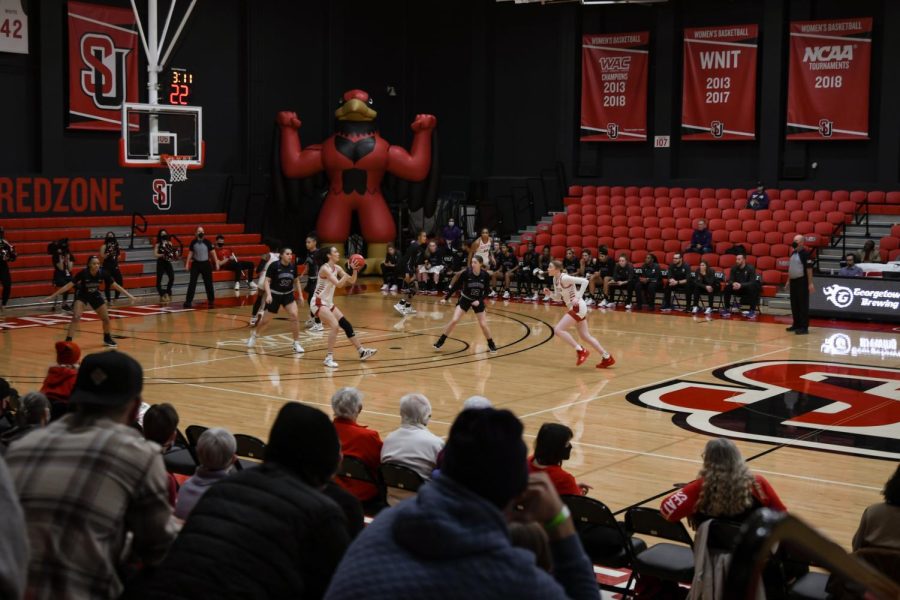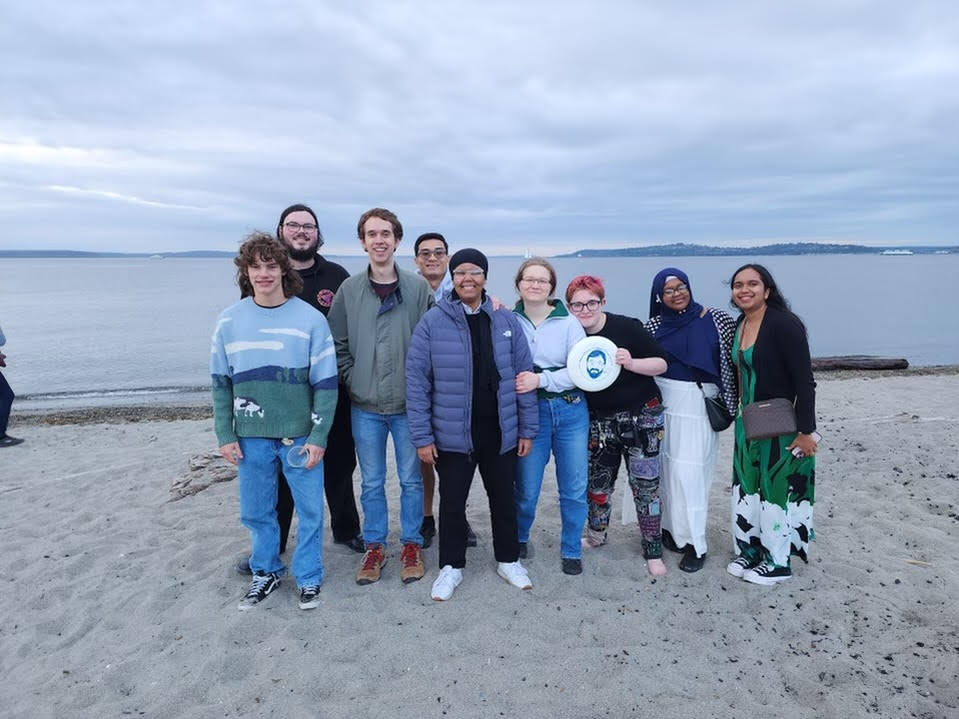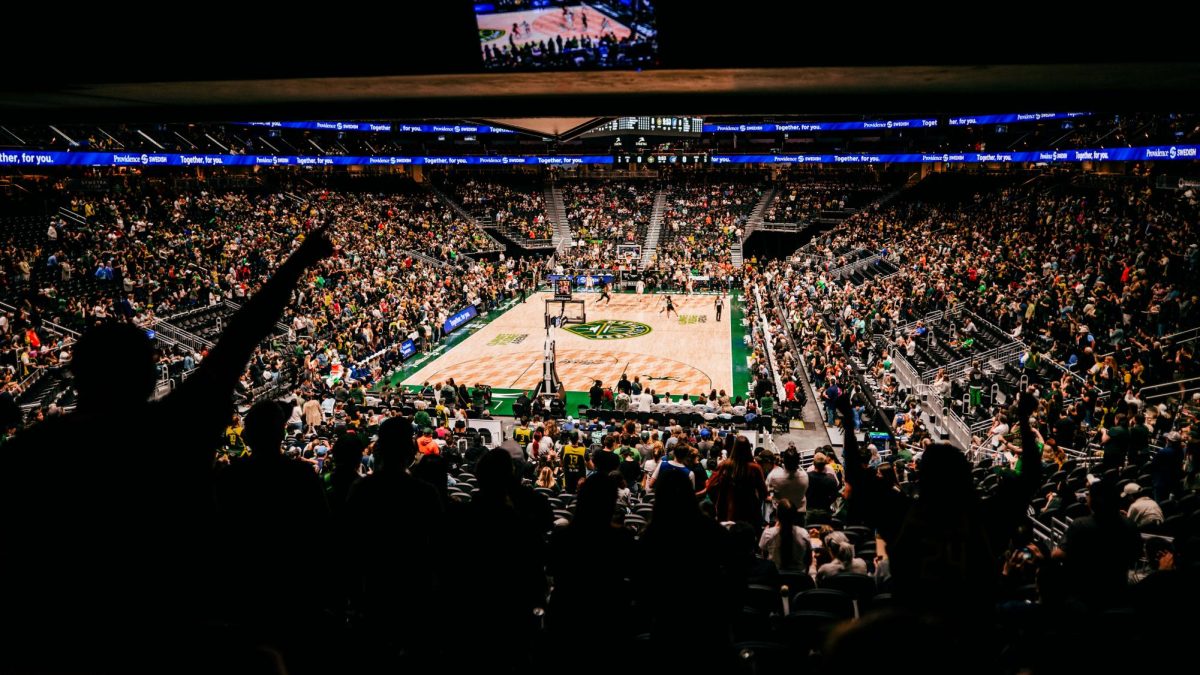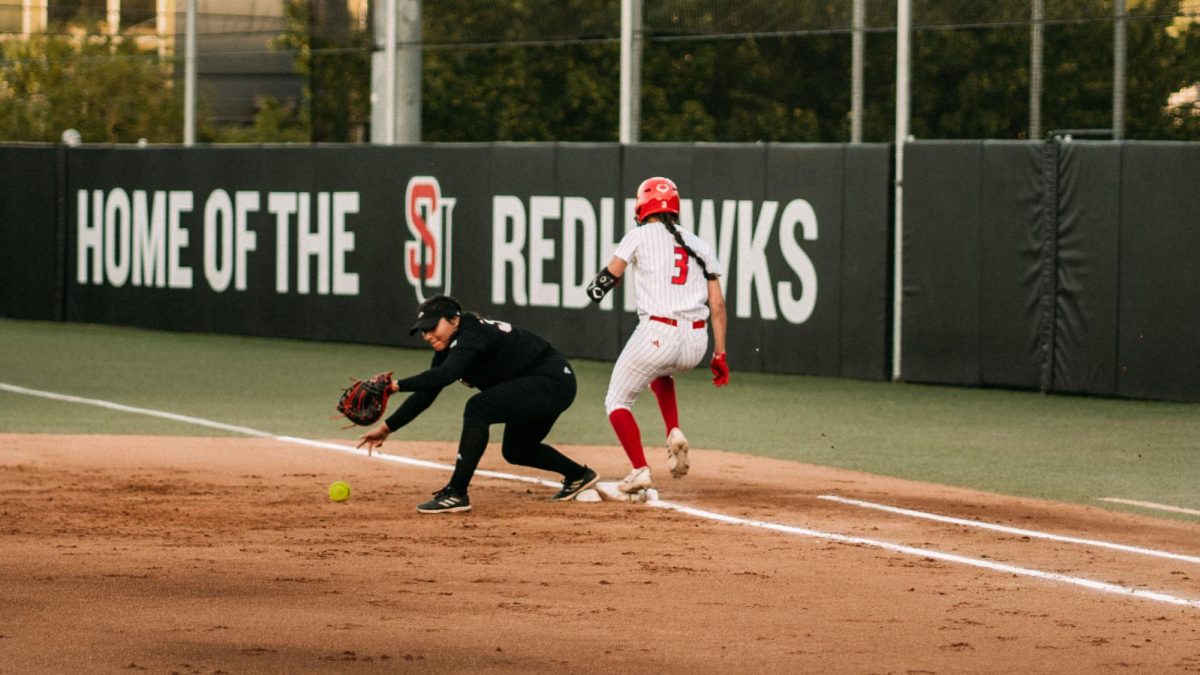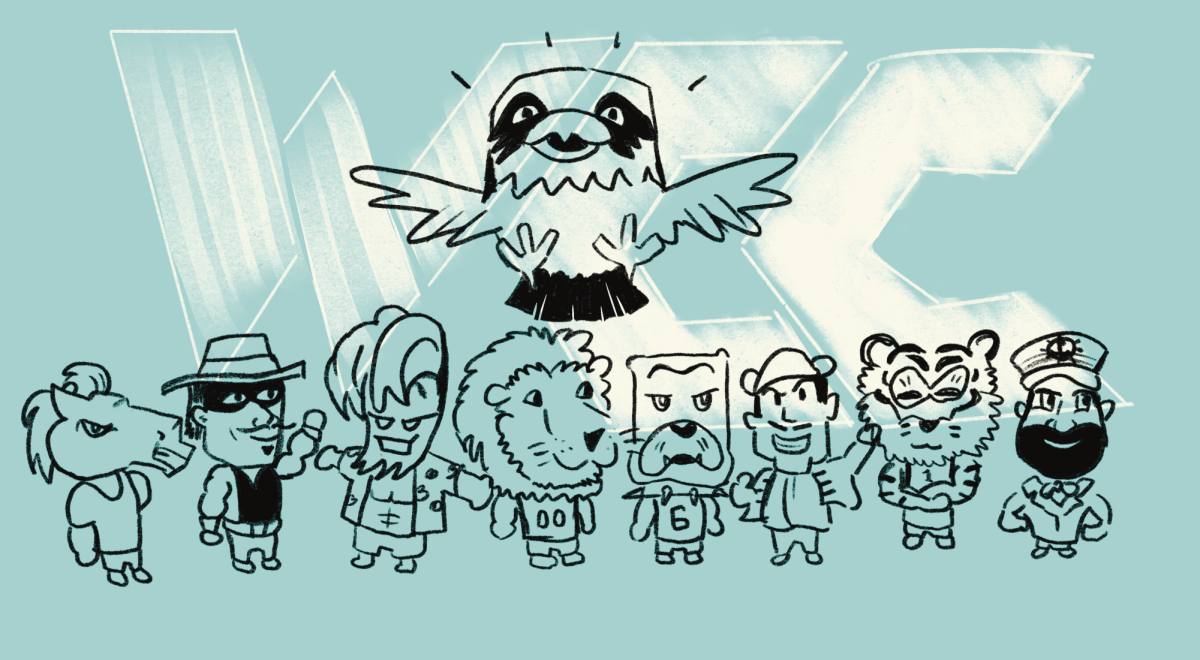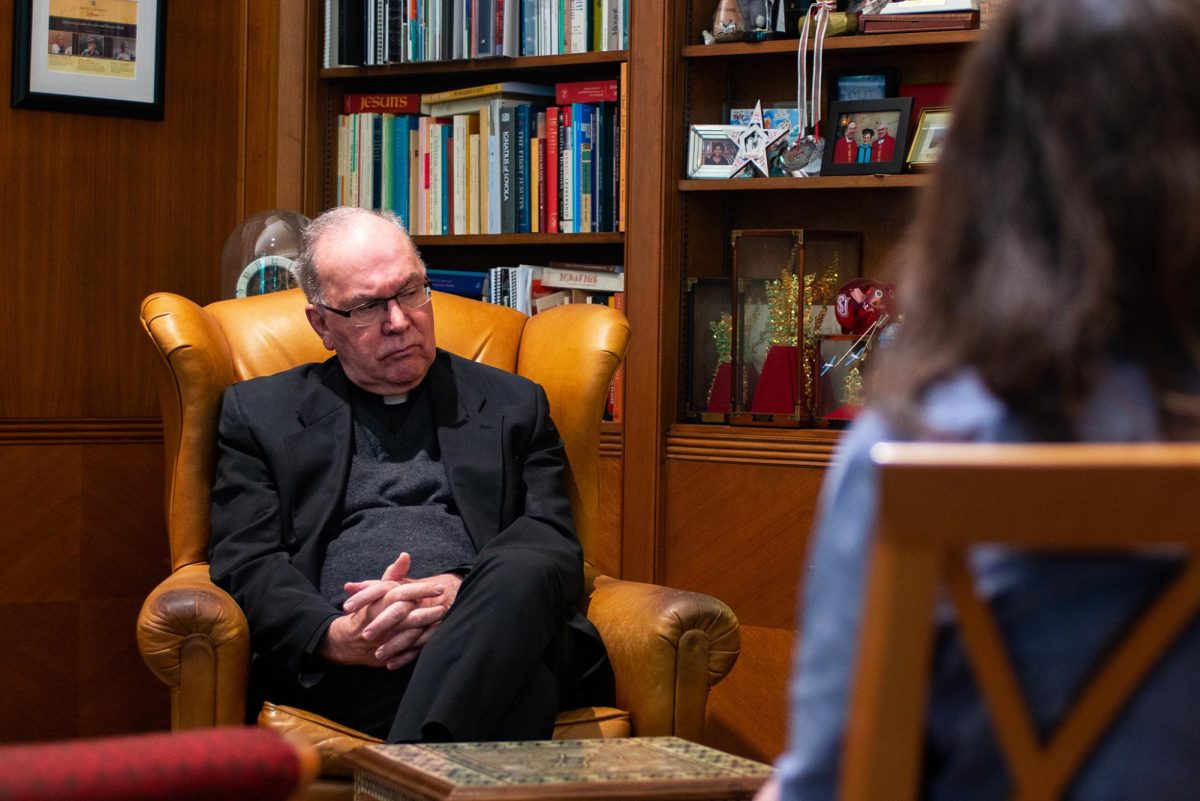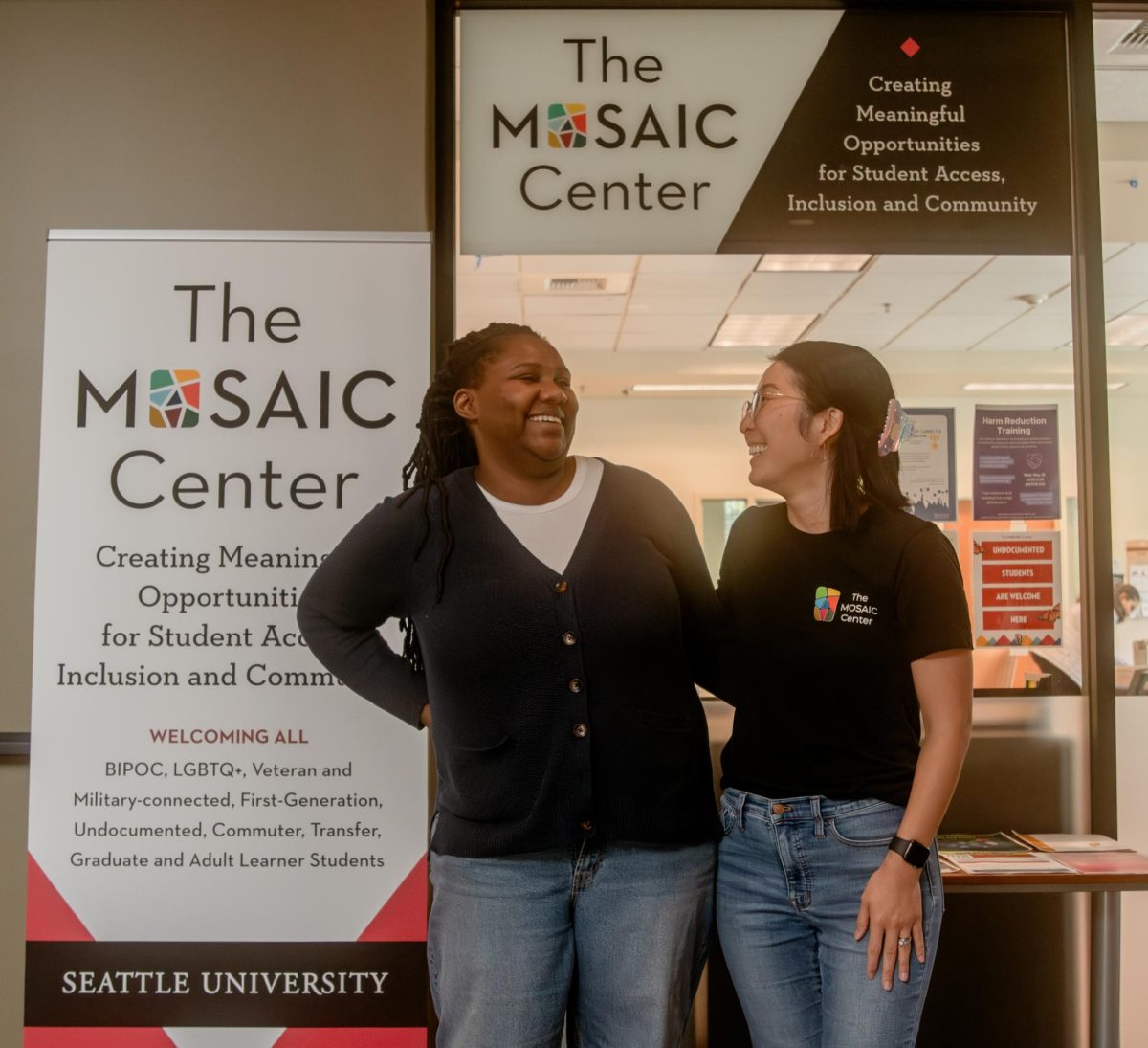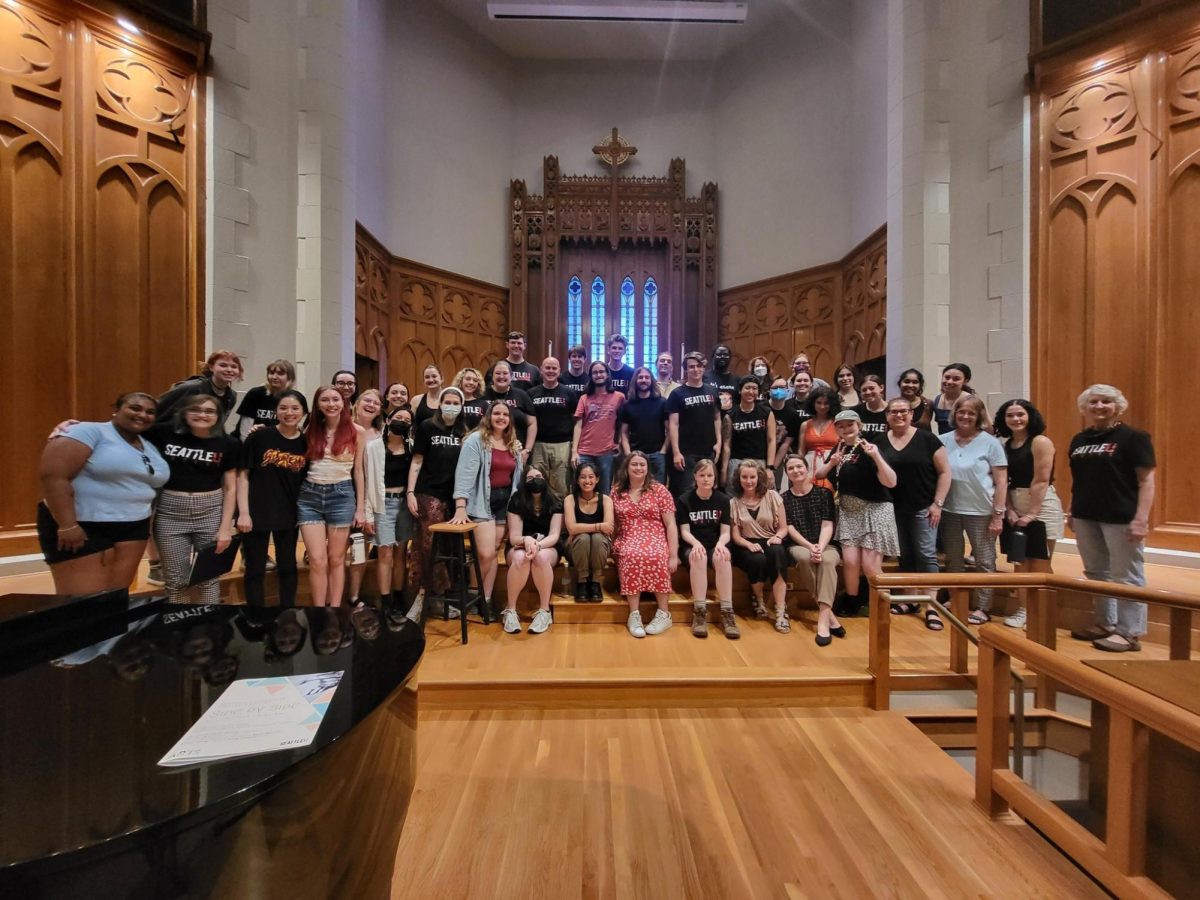Touted to earn more revenue than any other Grand Prix in the history of Formula 1 (F1), The Las Vegas Grand Prix 2023 was a prime example of F1’s efforts to grow their American audience. Although, amidst the glitz and glamor, the race was not without its flaws.
According to estimates by the event’s organizers, the race drew more than 300,000 people over the nights of Nov. 16–18, generating revenue of $1.2 billion. Nevertheless, there were drawbacks. Stratospheric hotel and ticket prices ended up falling dramatically before the race, the track itself was cold and a loose drain cover even ended up delaying the Free Practice 1 (FP1) and FP2 races.
Lupita Quintana, a Las Vegas local who attended the FP1 race, enjoyed things until eight minutes into the race when a drain cover came loose, damaging one of the cars, and delaying the practice session.
“I really enjoyed going, but had a terrible experience when things got canceled,” Quintana said, who has not received a refund for her ticket, and hardly got to see any actual racing.
The first F1 Grand Prix in Las Vegas since 1982, the race was also the fifth in North America in 2023 (Miami, Austin, Mexico City and Montreal hosted races as well). An investment of $600 million transformed the Las Vegas Strip into a race track and socialite magnet as celebrities, influencers and fans flocked to Sin City.
When asked if F1 felt like a big deal for the city, Quintana responded, “I don’t think so to be honest.”
“I arrived to my spot early, and said, ‘OK, maybe later,’ for when more people would start to come. But when the first trial was about to start, I went down to the casino and it was empty. I had never seen a casino that empty. You would think, OK maybe people were outside waiting for the race, but no there were lots of empty seats out there,” Quintana said, corroborating the through line that the event may have been more geared towards celebrities and the media, than local businesses and general fans.
Optimistically, there is a 10-year contract between Las Vegas and F1, so the flaws Quintana experienced may be worked out.
“Vegas, as a city, we are used to these kinds of events,” Quintana said, who is confident that next year things will be better, and that F1 is a net positive for the city given its large economic reliance on tourism.
Michael Cai, a fourth-year business analytics major at Seattle University, caught the F1 fever a few years ago. Starting off playing racing video games then moving to watching the real thing, Cai is like many Americans who have found a sporting obsession in F1.
“Formula One: Drive to Survive,” a Netflix documentary series following F1 drivers, is a recent example attributed to fueling American interest in the sport.
“The race in Vegas is F1’s way of trying to reach out to an American audience,” Cai said, largely impressed with the event. “The race went really well, I honestly didn’t expect it to go as well as it did.”
For Cai, the most entertaining part was the amount of overtakes—a thrilling 99 of them, the most since 2016.
Similarly having their expectations changed, the winner of the race, Max Verstappen, had critiqued the event as “99% show and 1% sporting event.” But, after his win, Verstappen changed his tune, chanting “Viva Las Vegas” in his racecar.
The Las Vegas Grand Prix was the 19th race that Verstappen has won this year, out of a possible 22. This record-breaking 86% win rate takes away some of the race’s excitement, much to the ire of Elif Teksoy, a second-year marketing major.
“It is not fun to watch Verstappen win every single race. I want more competition,” Teksoy said, who has been watching F1 since they were young.
Growing up in Turkey, Teksoy has been disappointed by time zone difficulties of watching F1 while living in America, but sees an effort being made by F1 to change this.
“Being able to watch the Vegas, Texas and Miami races goes to show how F1 wants the American audience really badly,” Teksoy said.
Popular in Turkey, F1 is by no means ubiquitous, however, when brought up in the US, “people look confused and don’t know what I’m talking about,” Teksoy lamented.
Amidst the show business and track mishaps, F1’s first race in Vegas in over 50 years showed promise. The next 10 years will be an opportunity for the sport that is the “pinnacle of motorsport” according to Cai, to continue to grow.






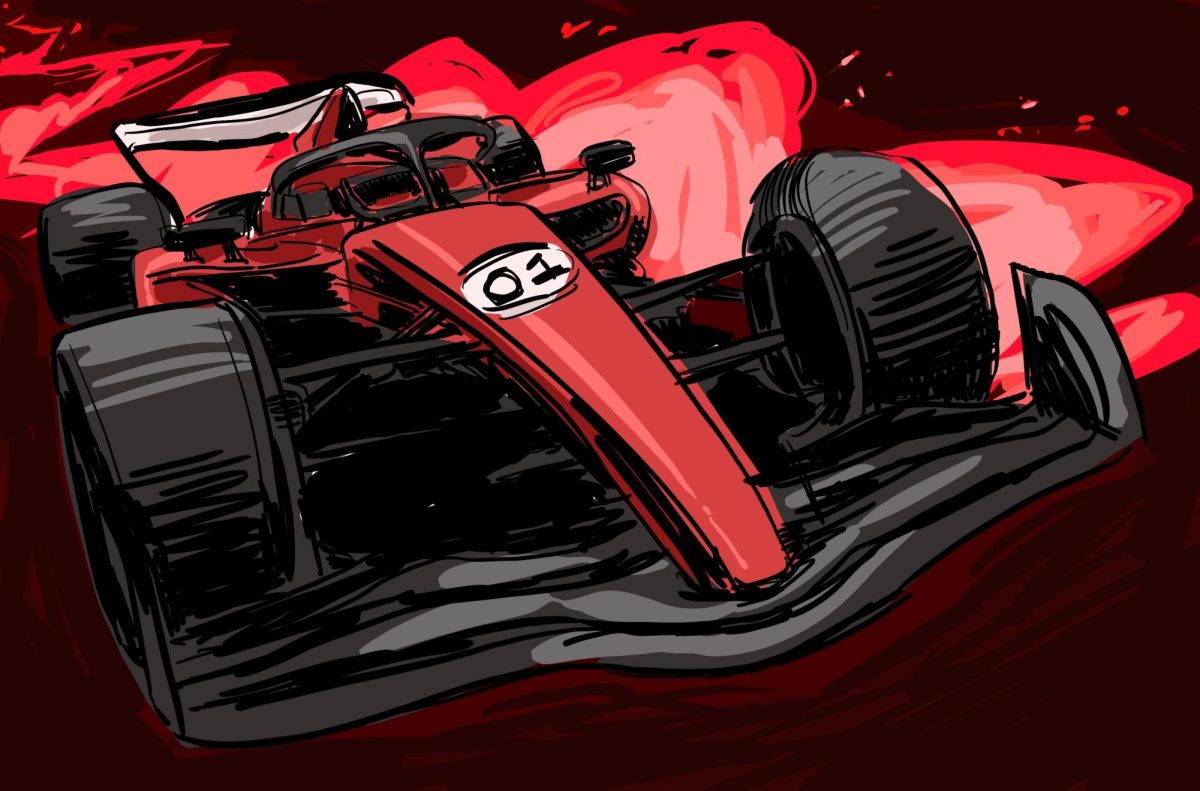
![Josh Gibson Supplants Ty Cobb, Babe Ruth, as Baseball’s Best Hitter [OPINION]](https://seattlespectator.com/wp-content/uploads/2024/05/gettyimages-72075891-1200x675.jpg)
